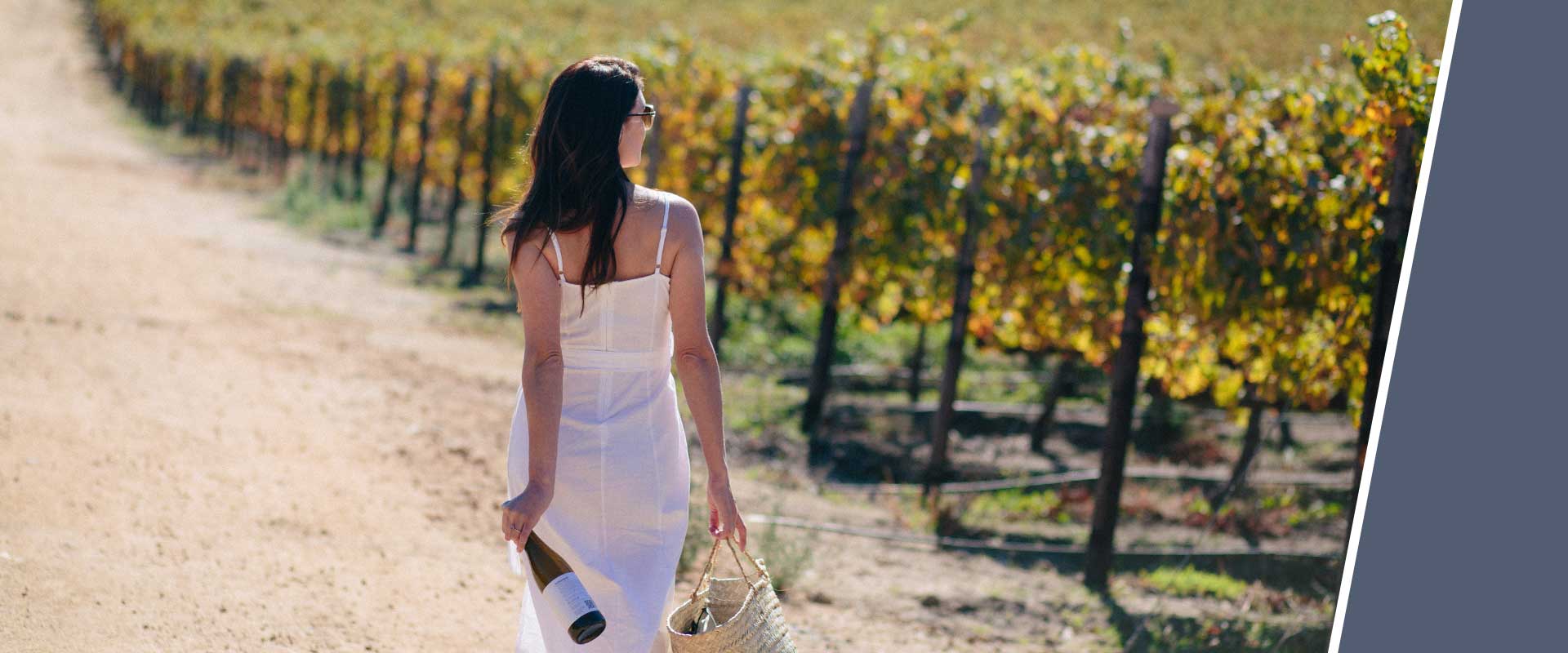Buy German Wines from The Wine Specialist
German wines are finally enjoying great international popularity again - thanks to the German superstar grape, the Riesling! For some time now, Riesling has not only been the favourite wine of the Germans, but has also become a popular wine worldwide. The wine country Germany looks back on a long wine history and wine tradition, which is characterized by many ups and downs. The Romans and the Germanic planted the first grape varieties in the Rhine region and from there, spread the wine and their know-how in Germany. The Rhine and Moselle wine-growing regions gained such a good reputation that they were able to compete with the wine giant Italy. In the Middle Ages, German viticulture flourished after a long period of time, having been brought to a standstill by the fall of the Roman Empire. At that time the German vineyards were almost four times as large as they are today. However, even after major losses due to industrialization and the Second World War, German winegrowers did not give up and catapulted the wine country Germany back to the top of the wine world with a lot of heart and passion.
Not only the local vines such as Riesling, Dornfelder or Müller-Thurgau (also known as Rivaner) are unique, but also the climate, which due to Germany's northern location brings a pleasant, cool and at the same time summery weather. These perfect conditions give the German wine a unique taste, because the mild weather conditions reduce the tartaric and tannic acid and make it instead fruity, fresh and crisp. CAPREO's selected range offers you a wide variety of exclusive top wines - Made in Germany.
The Most Prominent Grape Varieties of German Wines and their Wine Growing Regions
Top wines from Germany are produced in the 13 wine-growing regions on an area of around 102,000 hectares, which are mainly located in the southwest of the country. The largest German winegrowing region is Rhine-Hesse, where around 3,000 winegrowers produce mainly Riesling and Rivaner. The Riesling is the flagship of the German wine culture. Its spectrum ranges from a simple table wine to an absolute premium wine, and is enormously convertible due to different soil and steep slopes. Kilometers of beautiful vineyards stretch across the picturesque Palatinate. The region is also known as the largest German red wine growing area, producing high-quality German red wines from the grape varieties Dornfelder, Pinot Noir and Portugieser. The Palatinate spoils its vines with warm sunny weather, which is why wines from this region are full-bodied and complex. The most diverse German wine region is Baden, which stretches north from Tauberfranken to Lake Constance in the south. Baden wines offer every wine fan a huge range of different aromas and structures, as the nine wine regions all have different soils of clay, limestone, granite or even shell limestone, giving the wines an individual note. Baden is also an expert in Germany's second leading grape variety, Burgundy. This is where powerful and fruity wines are produced from Pinot Noir, Pinot Gris and Pinot Blanc.
When grapes are left hanging on the vine for a long time and begin to rot, it is called late harvesting. This method was discovered and perfected in the German Rheingau wine region and makes the wines elegant and sweet. In addition to the cultivated fruity Riesling, the Rheingau produces high-quality dessert wines and aperitifs with the late-harvest. The Moselle River meanders magically past the steepest vineyards in Germany. Almost half of all vines grow in the Moselle wine region, on steep sloping vineyards that are amongst the top quality wine growing areas in Germany. Wines from the Moselle wine region are particularly mineral and fruity, as the sun and warmth on the slopes are pleasantly enriched. For some time now, many German winegrowers have been enthusiastically striving to produce top-quality wines that are increasingly proving their worth on an international level. German wine is a millennium-old cultural asset that has been reinterpreted in a modern way.
German Wine Classifications
The " Association of German Predicate and Quality Wine Estates (VDP)" is an association of about 200 wineries in Germany that grow wine according to prescribed quality standards. In all 13 wine-growing regions there is the so-called "VDP: Große Lage". This indicates that suitable grape varieties are grown on first-class certified vineyards for the respective location. Often dry wines that have matured on this special terroir are also marked with a GG on the bottle. This means "Great Growth" and indicates that the wine has reached the highest classification level for dry quality wines. Many German wineries strive for such an indication on their wine bottles, as this is a symbol for premium wine from Germany.
Overview of the German Wine Growing Areas
- Ahr
- Baden
- Franconia
- Hessische
- Bergstrasse
- Mittelrhein
- Moselle
- Nahe
- Palatinate
- Rheingau
- Rhine-Hesse
- Saale-Unstrut
- Saxony
- Württemberg
The Flagship of German Wines - Top-Class Wineries
If there is one thing associated with German wine, it is definitely the Riesling, which is an absolute must for the cellar of every wine connoisseur. The diversity of German Riesling is enormous, because it can impress with fruity aromas and racy acidity as with Georg Mosbacher from Forst, and other times it convinces with a fine nutty note and elegant acidity as with the Balthasar Ress estate from the Rheingau. It is also astonishing that a white wine can go well with spiced and hearty food, such as game, but the Riesling from the Barth winery and sparkling wine estate can also perform in this area. So it is clear - German wine is one of the best in the world.

